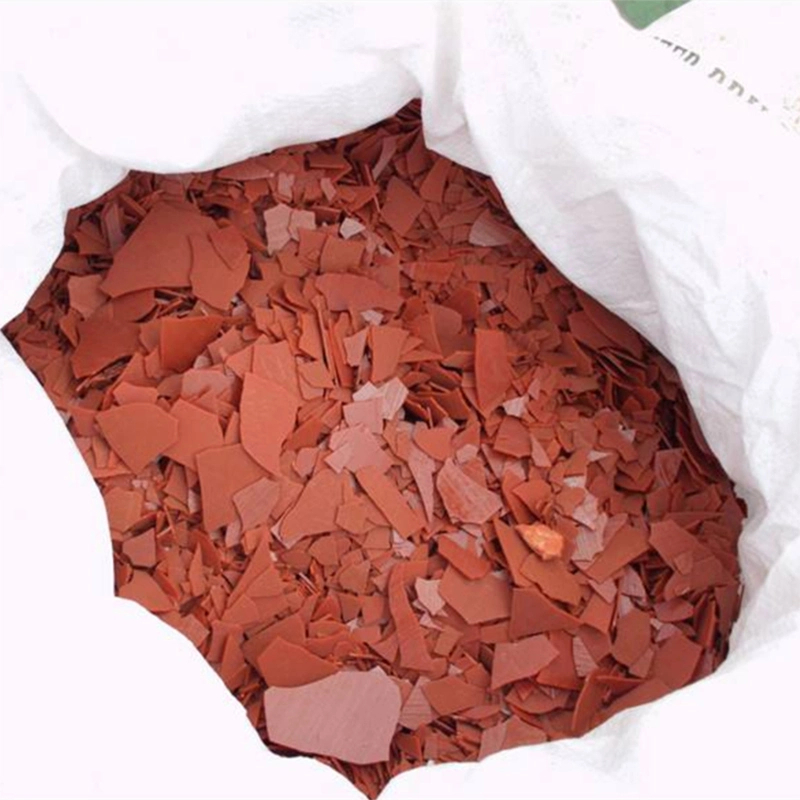



Sodium Hydroxide for Cleaning Wood
Using Sodium Hydroxide for Cleaning Wood
Sodium hydroxide, commonly known as lye or caustic soda, is a powerful alkaline compound that has been utilized for various cleaning and maintenance tasks around the home and in more industrial settings. While it is widely recognized for its effectiveness in unclogging drains and as a key component in soap making, its application in cleaning wood surfaces is often overlooked. When used correctly, sodium hydroxide can restore the natural beauty of wood, removing years of grime and discoloration.
One of the primary benefits of using sodium hydroxide for cleaning wood lies in its ability to break down organic materials. This includes dirt, grease, oils, and even old finishes that may have become dull over time. When applied to wooden surfaces, a sodium hydroxide solution works by penetrating the wood fibers, loosening embedded dirt and residues, thus making the cleaning process more efficient.
Before using sodium hydroxide on wood, it's crucial to take certain precautions. Due to its highly corrosive nature, it can damage finishes and even the wood itself if used improperly. Always dilute lye in water following proper guidelines—typically one part sodium hydroxide to ten parts water. Remember to wear protective equipment, such as gloves and goggles, to prevent any accidents.
sodium hydroxide for cleaning wood

When cleaning wooden surfaces, start by testing the solution on a small inconspicuous area. This step is critical as it allows you to assess any potential damage to the wood or finish. If no adverse effects are observed, proceed by applying the diluted sodium hydroxide solution to the entire surface using a cloth or sponge. Allow it to sit for a few minutes, giving it time to break down the build-up, before scrubbing gently with a soft-bristle brush.
After cleaning, it is essential to rinse the wood thoroughly with clean water. This step helps neutralize any remaining sodium hydroxide and minimizes the risk of damage to the wood. Failure to rinse adequately may lead to discoloration or deterioration of the wood surface.
Once cleaned and rinsed, the wood may need to be refinished, especially if it appears dull. Applying a protective finish, such as a wood stain or sealant, can not only enhance the wood's appearance but also provide a barrier against future dirt and grime accumulation.
In conclusion, sodium hydroxide can be an effective tool for cleaning wood when used with care and consideration. Its ability to cut through grime and restore wooden surfaces can make it a valuable addition to your cleaning arsenal. However, always prioritize safety and proceed with caution to ensure that your wood remains in optimal condition.
-
Anhydrous Formic Acid 80% 85% 94% - High Purity SolutionsNewsAug.30,2025
-
Accurate Fire Assay Flux for Gold & Silver Ore AnalysisNewsAug.29,2025
-
Advanced Paint Chem Solutions: Quality Chemicals for CoatingsNewsAug.28,2025
-
Potassium Nitrate: The Ultimate Fertilizer for Agriculture and GardeningNewsAug.25,2025
-
Potasium Persulphate: A Versatile Chemical for Industrial ApplicationsNewsAug.25,2025
-
Industrial Applications of Sodium HydroxideNewsAug.25,2025
-
Industrial & Household Uses of Sodium BisulfateNewsAug.25,2025










